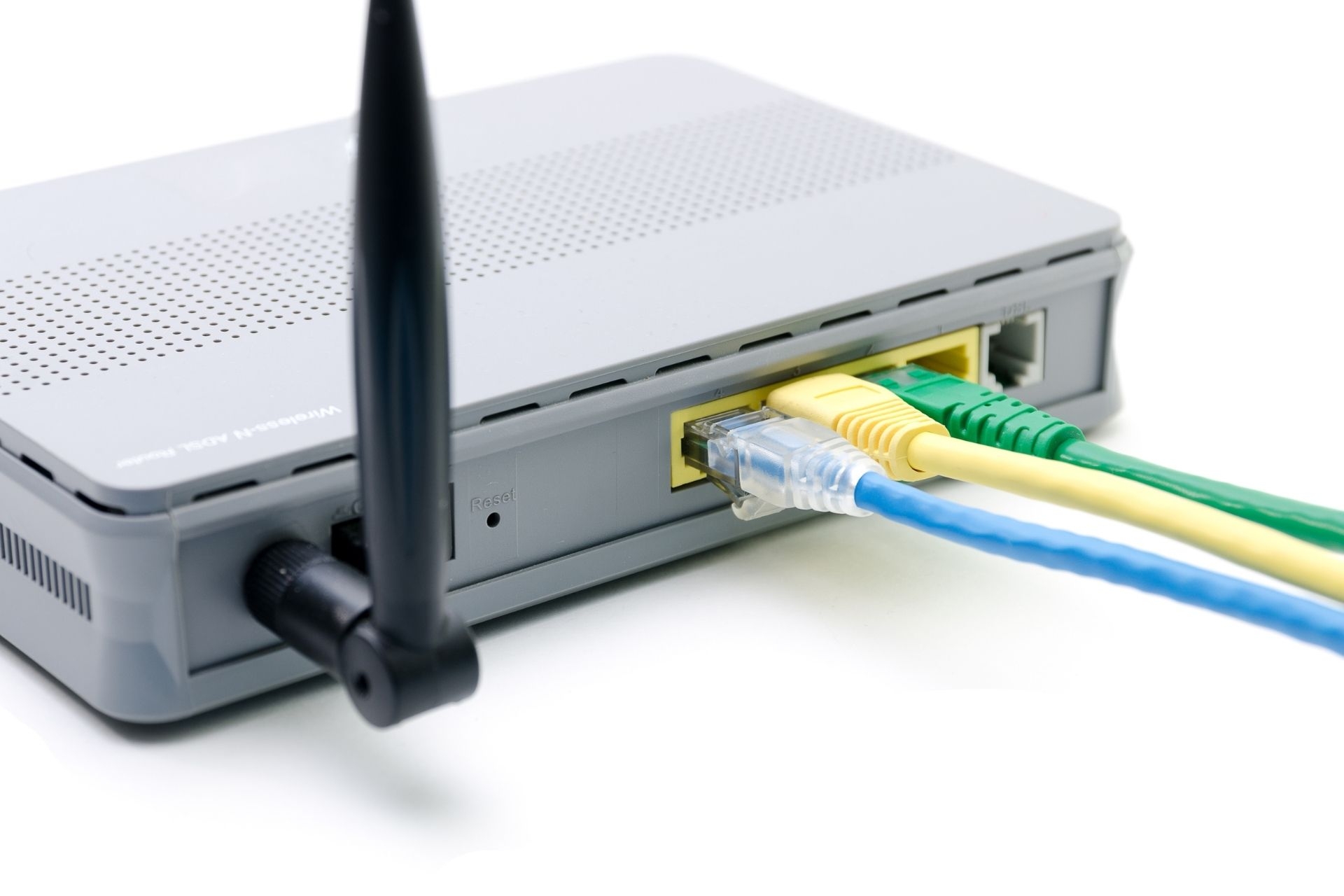MDU Broadband Deployment
What are the key considerations when deploying broadband in a multi-dwelling unit (MDU)?
When deploying broadband in a multi-dwelling unit (MDU), key considerations include the building's infrastructure, the number of units to be connected, the existing wiring, and the potential for interference from neighboring units. It is essential to assess the building's layout and construction materials to determine the best placement for routers and access points to ensure optimal coverage and signal strength throughout the MDU.




